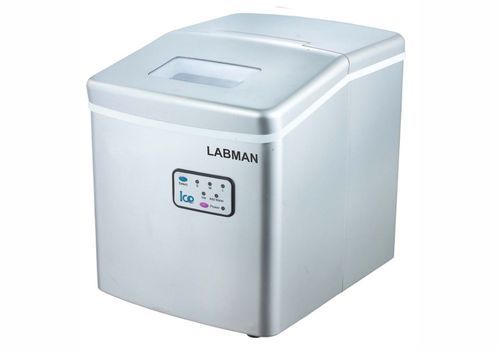An Ice maker or machine is a useful tool in every laboratory. There are several types of experiments and reactions which require an ice bath in their procedures. Laboratory ice maker is the answer for such requirements. They provide a convenient way to ensure the availability of ice, whenever it is needed.
Some of the important points are as follows:
- Ice makers can easily produce ice from water and dry ice using liquid nitrogen.
- When it comes to the storage of samples and reagents at a cold place during experiments or other lab activities, the ice machines are used by the laboratories to do so.
- Ice makers are usually large shaped floor model units that are connected directly to the water source. However, smaller capacity bench-top models and under-counter are also available.
- They may also contain replaceable air and water cartridges and may also have antimicrobial features that help in maintaining water and ice quality.
- A laboratory ice maker can find its application in microbiology labs and for PCR.
- Ice maker vary in size, based on the amount of ice they can produce and store. They may also vary based on the type or shape of ice produced, including cubes, flakes and nuggets/pearl-shaped.
- Some of them are able to dispense water and ice, while others have large covered bins from which it is necessary to scoop or can transfer the ice into a secondary container.
- Ice making can be done continuously until a threshold point is reached, whereas other ice makers can be programmed in a way that it meets the fluctuating demand.
- Like refrigerators and freezers, almost every ice maker runs on a regular current.
- They can be placed in smaller or enclosed areas, as they usually vent toward the front and not towards the back.
- At a time, dry ice maker can produce small quantities of dry ice which usually amounts to 454g block. And it takes less than five minutes to form a block.
- For production, it requires a liquid carbon dioxide tank along-with a dip tube. To produce around 8 to16 blocks of dry ice, a 50-pound tank of liquid carbon dioxide is required.
- There are versions of ice makers that can produce dry ice as flakes are also available.
There are certain laboratory ice makers that only make ice, but then this produced ice needs to be stored in a separate ice bin, so it is preferred to have ice makers that can do both tasks i.e., make and store the ice. It should be decided, if flaked or cubed ice is preferred, and if somehow cubes are wanted, then what shape and size is required, are a few important points to determine before purchasing a laboratory ice maker. How much ice can be produced and/or stored and the size of the ice maker should also be considered before the purchase is done.


